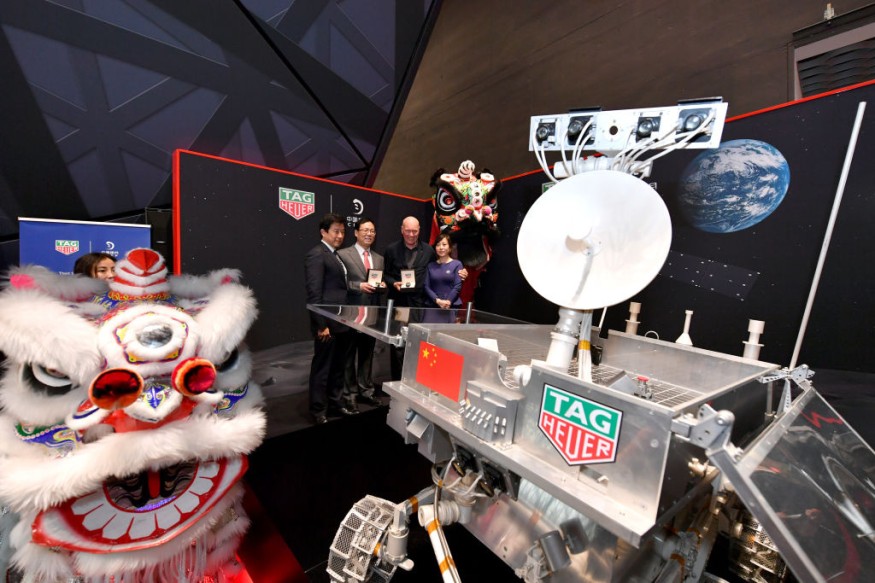For the first time, China's Chang'e 4 lunar lander has been able to successfully grow plants on the moon under its aspiring lunar mission, an undoubtful competitive edge versus NASA. However, NASA officials also suggest that the military space program of China may be plotting to take over the moon.
China's Moon Heist

Bill Nelson, NASA's administrator, has said that China National Space Administration, a state-owned space corporation, may be plotting to take over the moon as a part of the country's military space program. During the interview, Nelson confirmed that the US was involved in the space race with Beijing, reports RepublicWorld.
Nelson iterated that in 2035, China would have completed the construction of its own Moon station and will launch numerous moon programs. The 79-year-old administrator acknowledged that the US space administration has been very concerned regarding China's moon landing and its agenda of hijacking the moon.
For the first time, the Chang'e 4 lunar lander was successfully able to grow plants on the Moon, giving it a competitive edge over NASA. The lunar biosphere experiments were conducted in collaboration with 28 Chinese universities. Photographs released by the China National Space Administration showed budding cotton seed sprouting into a successful biological matter, the first in human history. The lunar development marked the completion of the first biological experiments on the moon.
China has been able to grow plants out of rapeseed and potato seeds. However, cotton seeds were the first to sprout in the challenging conditions of the Moon, says Professor Liu Hanlong from Chongqing University.
On the other hand, in recent news, China has rejected Nelson's statements calling it an irresponsible smear. They reiterate that China has always called for building a community of nations in space, reports Reuters.
ALSO READ: Large Hadron Collider Faces New Challenge in Physics 10 Years After Higgs Boson Discovery
China's Future Space Plans
In 2028, China is expected to launch a new generation of heavy-duty rockets that are said to be able to send a crewed spacecraft to the moon, reports Reuters. The new heavy-lift launch vehicle should be able to put a 15- to 50-ton spacecraft on the right trajectory to the moon, explains Liu Bing, the deputy designer at the China Aerospace Science and Technology. At the same time, it would be powerful enough to place a 12 to 44-ton probe on a trajectory to Mars.
Previously, China has predicted that it would complete designing and constructing a rocket with enough thrust to transport several of its astronauts to the moon by 2030. However, China still lags behind the US regarding experience and technology. The last NASA crewed landing occurred in 1972. With US astronauts are expected to return to the moon by 2024.
China has been developing its superheavy Long March 9 rocket, with liftoff weighing 4,140 tons and a thrust of 5,760 tons. Currently, the biggest rocket developed by China weighs 849 tons and has a thrust of roughly 1,078 tons.
Besides their ambitious lunar missions, China has also set its eyes on a Mars sample-return mission for 2030.
RELATED ARTICLE : NASA Mars Reconnaissance Orbiter Shares Colorful, Clear Map of the Red Planet [LOOK]
Check out more news and information on Space in Science Times.
© 2025 ScienceTimes.com All rights reserved. Do not reproduce without permission. The window to the world of Science Times.












